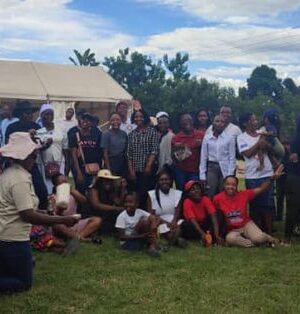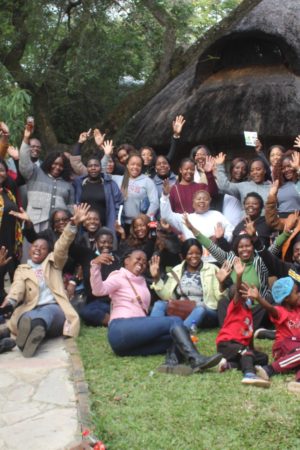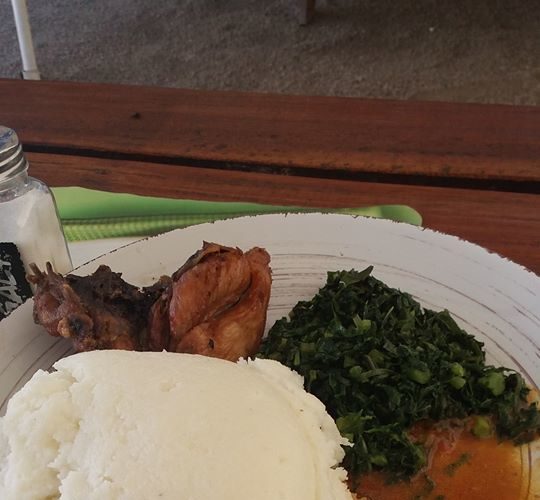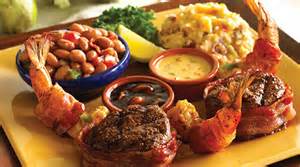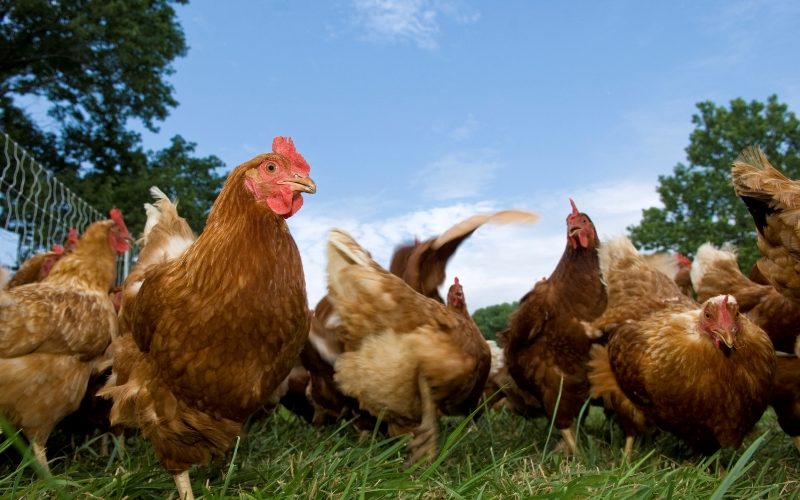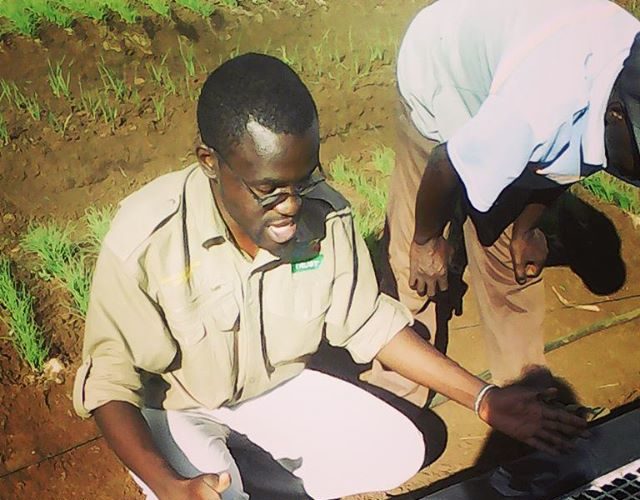This week I travelled all the way to the small and surprisingly busy town of Binga to facilitate a workshop on nutrition gardens. Usually when one hears the word Binga the first thing that comes to mind is poverty, malaria and malnutrition, I like the rest of my team was surprised to find a well developed and still growing urban center with all the facilities that you can think of banks, market, etc. Like most Zimbabweans out there who are always seeking for that extra dollar I took a little bit of time from my busy schedule to explore for potential business opportunities that are available and in line with the main objective of ZIBN share with the rest of the forum to benefit everyone.
Vegetable demand
Naturally as an agronomist with a strong bias towards fresh produce, I headed for the market and there I had a very interesting conversation with one of the ladies amaiShumba selling her produce. It is quite interesting to note that all their fresh produce which includes tomatoes, cabbages , onions, covo, rape vegetables, comes from Bulawayo which is about 400 km away there is literally no other supplier. Let us use cabbage as an example in order to simplify the numbers game which we are all interested in, the average price of a head of cabbage, a small one is 1 USD, and the bigger size is 1.50/head, on average each one of them sells about 80 cabbages/week and they are about 4 dedicated ladies in the market who sell these. This translates to about 320 cabbages that is 320 USD, taking into consideration the biggest variable which is transport cost of which these women are charged roughly 5-10USD to transport 100 cabbages that is 15-30USD the average profit that one stand to gain is roughly 250 +, from just 300 cabbages. Another interesting point to note is that even the local boarding school/hospital and orphanage purchase all their fresh produce all the way from Bulawayo meaning a huge market and in my mind as the lady was speaking, I was already busy calculating and seeing my pockets getting healthier.
Fresh fish business
After the lengthy and fruitful conversation with AmaiShumba, we then set off for Mlibizi which is more of a resort and fishing area. It is here were I saw how innovative Zimbabweans can be inorder to get that extra dollar but first things first. I am sure everyone is interested in the numbers so let me not waste time and let me get right into it, here fresh fish from the mighty Zambezi river mainly breams is sold at 1.50/kg wholesale price and if you have established a good relationship with the fisherman you can even negotiate to 1.20/kg. Considering that fish is sold at about 4USD/kg at your local supermarket that is a huge profit margin of more than 100% even after deducting your variable costs such as transport and fish transporting license which will cost you about 10USD at the local authorities office. Some would prefer to transport their fish illegally at night to evade the veterinary inspectors to Bulawayo, I do not encourage this practice as you run the risk of losing out if caught. I was reliably informed by one of the fisherman that they are usually booked before they even bring in the catch of the day, this means the “big shots” as they call them come and buy their entire catch exclusively each catch worth about 800-1000 USD. The buyers range from the big shots to your average entrepreneur lady who buys 2 buckets of fresh fish to sell murayini.
The locals have also taken advantage of the booming business and are now providing fridge for hire business, they will charge you on average 2 USD/20kg sack of fresh fish to store overnight and keep your fish frozen and ready for transportation. The local civil servants who have electricity at their houses have not been left out as well as they are also renting out their fridges, those who have been in the business long enough now have even purchased the L.P gas powered refrigerators or the kerosene powered ones in order to get that extra dollar.
In conclusion ladies and gentleman lets not spend most of the time complaining about how bad things are, I challenge you to take the initiative hunt for that extra dollar.
Emmanuel DN Dube is the senior agronomist at Agro Aid Trust, if you have any questions please email him on agroaidtrustzimbabwe@gmail.com+263783 495
![]()

